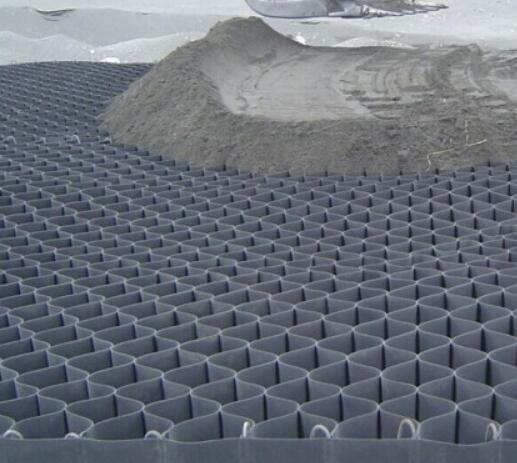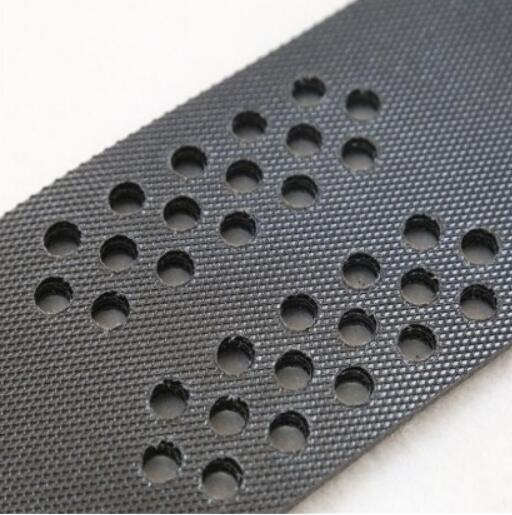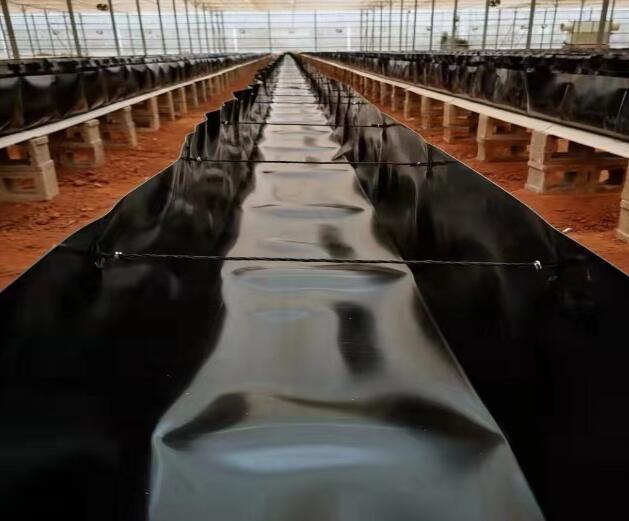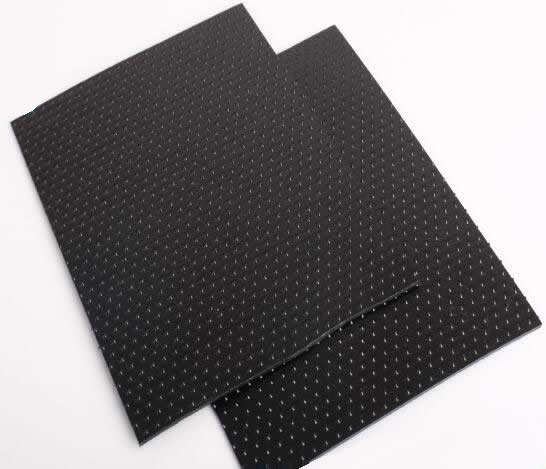- Understanding the Role of Geomembrane Liners in Waste Management
- Innovations in Geomembrane Liners for Water Management
- Geomembrane Liners: A Comprehensive Guide
- The Future of Geomembrane Liners in Civil Engineering
- Geomembrane Liners: Enhancing Landfill Stability
Manager:Alvin Wang
WhatsApp:+62 8983806051
Tel:+86 10-5797-1075
Email:steelwang@okorder.com
Address:3rd Floor, No.2 Building, No.1 Sanlihe Road
What is type 2 geotextile fabric?
Geosynthetics for civil engineering and construction are important. They help in soil stabilization, filtration, drainage, and erosion control among others. Among them, Type 2 geotextile fabric is known for its peculiarities and applications. This extensive analysis will explain what Type 2 geotextile fabric is, its properties and uses in wholesale geotextile, polyester Geotextiles, geotextile slope protection, geotextile slope stabilization and filament geotextile.

Understanding Geotextiles
It’s important to know about the broader group of materials called geosynthetics before delving into type two geo-textiles. These are fabrics that are artificially made with a view to possess some engineering characteristics like separation; reinforcement; filtration as well as drainage. The common materials used for manufacturing these fabrics include polypropylene,polyester or polyethylene with each one having had certain distinguishing attributes.
Exploring Wholesale Geotextile Solutions
Wholesale selling of such fabrics therefore deals with large scale projects where cost effectiveness as well as quality is paramount. Because of their diversity and durability Type 2 usually end up being offered by these kinds of dealerships.However there exists huge amounts of those goods which make them suitable for large scale construction works intended by contractors or developers.
Polyester Geotextiles: A Sustainable Choice
Sustainability and longevity have made polyester geosynthetics very famous during this period. High resistance against UV degradation as well as exposure to chemicals makes type II which is manufactured out of polyester material highly durable in various environmental conditions. Moreover,polyester based textiles contributes in reducing carbon footprints hence making it an ideal option for environmentally conscious projects.
Enhancing Geotextile Slope Protection
There is great need for protecting slopes from erosion so that embankments,hillsides,slopes can remain stable. Being an effective barrier Type 2 geotextile fabric prevents soil from sliding while allowing water to pass through it. Hence it is one of the solutions applied in hard terrains with high tensile and puncture resistant materials used in slopes reinforcement and prevention of surface erosion.
Ensuring Geotextile Slope Stabilization
Slope stabilization here means reinforcing slopes and retaining walls against external forces like gravity and hydraulic pressure.Type II microfiber geosynthetics stabilize soil particles preventing slide failures. Water movement through it helps in storage reducing hydrostatic pressure on top which can lead to failure of a structure.
The Role of Filament Geotextile
Compared to staple fibers, filament geosynthetics made up of continuous fibers are stronger and more durable. Filament technology is often employed in manufacturing type II fabrics because it has higher load bearing capacity as compared to other forms such as needles punching. It takes into account a number of factors such as long term reinforcement and erosion control hence this explains why most them are used in road construction, landfills or shoreline protection.
Applications of Type 2 Geotextile Fabric
Type 2 geotextiles are widely applied across different industries:
Road Construction: In road construction projects, Type 2 geotextiles serve as separation layer between aggregate base and subgrade soil avoiding their mixing up specifically; thus ensuring pavement integrity.
Landfill Engineering: The use of type II permits the containment of wastes besides preventing leach ate seepages while enhancing environmental safety, regulatory compliance via facilitating gas venting at landfill sites.
Coastal Protection: These materials act as barriers to erosion by waves along shores, riversides etc.; hence preserving infrastructures like seawalls, revetments,and breakwaters which could be destroyed by currents or tides.
4. Railway Embankments: These embankments require strong and erosion resistant materials for supporting the tracks and preventing slope failures. This is where type 2 geotextile fabric comes in handy as it helps to reinforce the embankment, lowering down its maintenance costs while ensuring that it remains operable.
5. Water Management: In water management projects such as canal lining, reservoir construction, and stormwater management systems among others, there is a need for type 2 geotextile fabric. Its permeability allows for efficient drainage while avoiding soil loss and sedimentation.
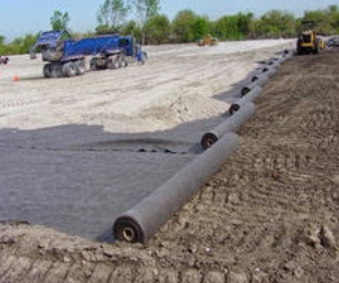
Conclusion
Modern construction and engineering projects benefit greatly from type 2 geotextile fabric as they can be used in erosion control measures, stabilize soils and strengthen infrastructure in different ways. It therefore can be polyester geotextiles or wholesale geotextile applications, filament geotextile or polyester geogrids like what use in geotextile slope protection which has been of great help to many contractors all over world due to its durability, permeability and strength regardless of whether one chooses to go with it for any other reasons or not. One must have an understanding of the unique attributes that Type 2 Geotextile Fabric possesses so that civil engineer projects will last longer."
- Previous:What are the basic properties of geotextiles?
- Next:What is the difference between filter fabric and geotextile fabric?


